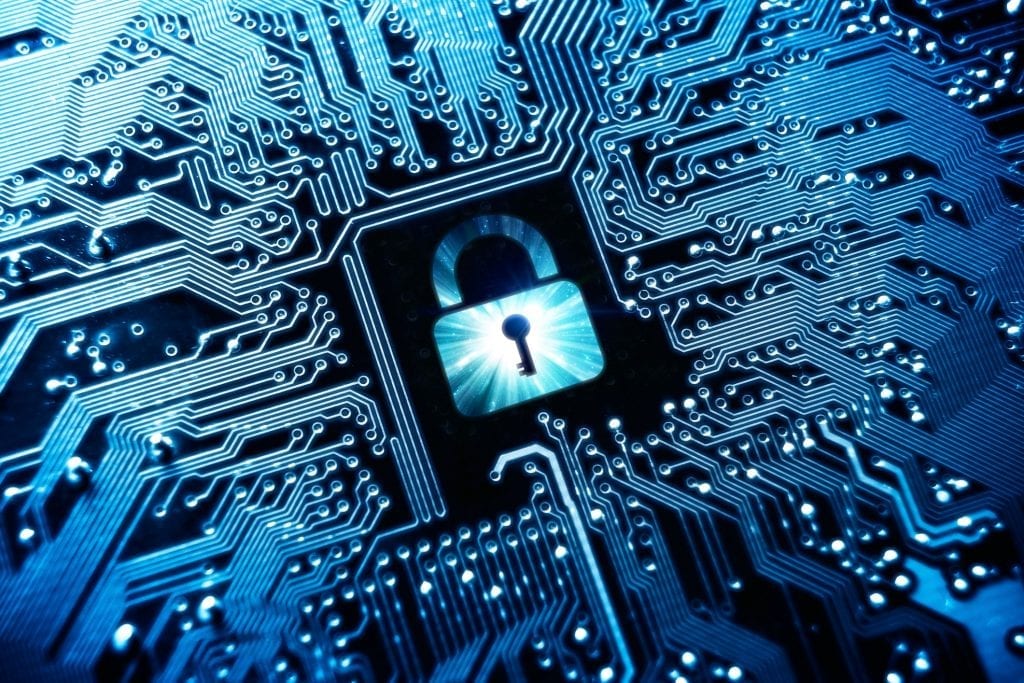How to Incorporate Data Destruction Techniques into Your Cyber Security Strategy
The Significance of Effective Data Damage Practices in Safeguarding Sensitive Details and Ensuring Computer Safety And Security
In an age where information breaches are significantly common, the importance of effective data devastation methods can not be overstated. Applying durable information devastation techniques not only mitigates these threats yet also lines up with lawful conformity requirements, guaranteeing that organizations copyright their credibility and foster client trust.
Comprehending Information Devastation
Comprehending information destruction is vital in today's electronic landscape, where delicate information can easily be jeopardized. Reliable information destruction entails not simply deleting files yet making certain that information is irretrievable through comprehensive techniques. This process is necessary for organizations that manage private customer info, copyright, or internal documents, as any violation can cause extreme monetary and reputational repercussions.
Data damage encompasses various techniques, including shredding physical media, degaussing magnetic storage devices, and utilizing software-based services that overwrite data several times. Each technique offers a particular function and should straighten with the sensitivity of the info being taken care of. Physical destruction is usually preferred for tough drives containing highly personal data, while software approaches might suffice for much less sensitive information.
Additionally, sticking to sector criteria and regulations, such as the General Data Defense Regulation (GDPR) or the Wellness Insurance Coverage Portability and Accountability Act (HIPAA), is important for compliance and to mitigate lawful threats. Organizations should establish a durable information devastation policy, train staff members on best techniques, and regularly examine their treatments to make sure that all delicate details is disposed of securely and effectively.
Risks of Inadequate Practices
Poor information damage practices reveal companies to considerable dangers that can have far-reaching consequences. When delicate info is not effectively thrown away, it remains vulnerable to unapproved access, which can lead to information violations and identity burglary. Such incidents not only compromise the safety and security of individuals yet likewise taint the company's track record, causing a loss of consumer count on and possible economic repercussions.
Additionally, regulative conformity is significantly stringent in numerous industries. Failing to abide by data destruction regulations can lead to substantial penalties and lawsuits against organizations. These fines can divert and strain economic resources focus from core company procedures.
On top of that, the abuse of recurring data can result in copyright theft or business espionage, endangering affordable advantages (data destruction). The impact of poor data damage expands beyond instant economic losses; it can likewise cause lasting damage to brand honesty and market position

Organizations must recognize that information safety is not solely regarding avoiding breaches; it additionally encompasses the liable administration of information throughout its lifecycle. Ignoring effective information devastation methods can have disastrous implications, highlighting the necessity for durable measures to minimize these threats.
Finest Practices for Data Destruction
Carrying out reliable data damage practices is essential for guarding delicate information and preserving conformity with regulatory criteria. Organizations ought to adopt a multi-faceted technique to make certain that information is irretrievable, thereby stopping unapproved access and potential breaches.
First, data need to be classified based on level of sensitivity, permitting companies to apply suitable destruction approaches customized to the level of threat. For digital data, utilizing software-based data-wiping devices that follow sector criteria can effectively overwrite existing information. Physical damage methods, such as shredding or degaussing, are essential for devices that save delicate info, guaranteeing full removal.
Developing a clear information retention plan is important, visit here detailing how much time different sorts of details ought to be preserved prior to devastation. Regular audits of data storage systems are additionally necessary to identify obsolete or unneeded information requiring removal.
Furthermore, training employees on the significance of information destruction and the particular procedures to comply with fosters a society of protection within the company. Finally, preserving paperwork of information destruction refines gives responsibility and sustains compliance with external guidelines and interior plans. By sticking to these ideal techniques, companies can significantly minimize the risks related to information exposure.
Legal and Conformity Considerations

Failure to abide by these laws can result in severe fines, including substantial fines and reputational damage. Organizations should apply a robust information damage plan that straightens with these lawful frameworks and gives clear standards on the proper techniques of data disposal, whether physical shredding or electronic cleaning.
Additionally, keeping paperwork of information devastation activities is important for demonstrating compliance throughout audits or evaluations. By focusing on lawful and conformity factors to consider, organizations can improve their data safety and security posture and foster count on with customers and stakeholders, inevitably adding to a much more safe and secure information monitoring environment.
Advantages of Effective Data Devastation
Efficient information damage practices extend beyond helpful resources plain conformity; they supply substantial advantages to organizations that prioritize them. By making certain that sensitive information is irretrievably destroyed, organizations mitigate the danger of information violations and the possible monetary effects connected with them. This aggressive strategy not just safeguards against unauthorized accessibility but also improves the overall reliability of the organization in the eyes of stakeholders and clients.
Applying durable data damage techniques, such as physical damage of storage devices or sophisticated information wiping methods, adds to the strengthening of a company's cybersecurity stance. data destruction. It minimizes the chance of intellectual residential property burglary and protects proprietary details, thereby keeping an one-upmanship out there

Verdict
In verdict, efficient information devastation practices are vital for securing delicate details and improving general computer safety. Inevitably, a dedication to durable data devastation techniques promotes a culture of obligation, consequently strengthening an organization's cybersecurity posture and keeping client trust fund.
